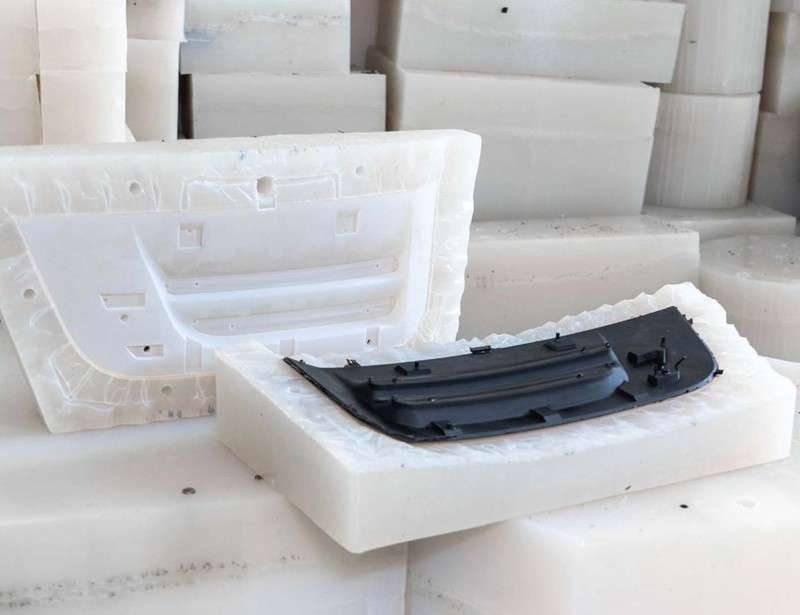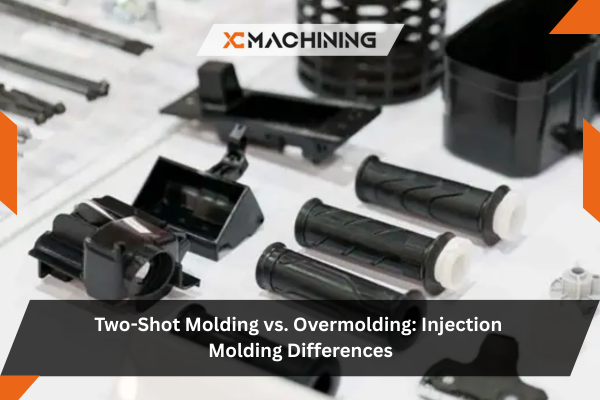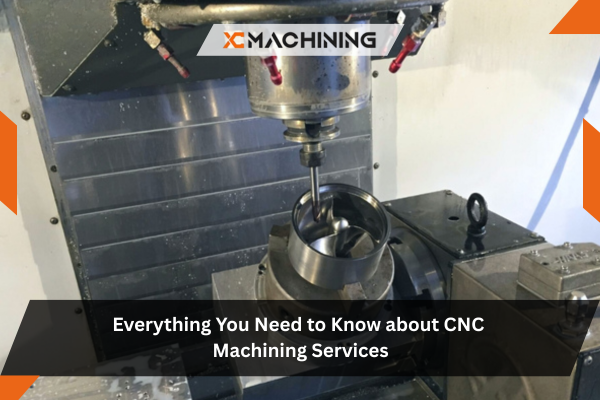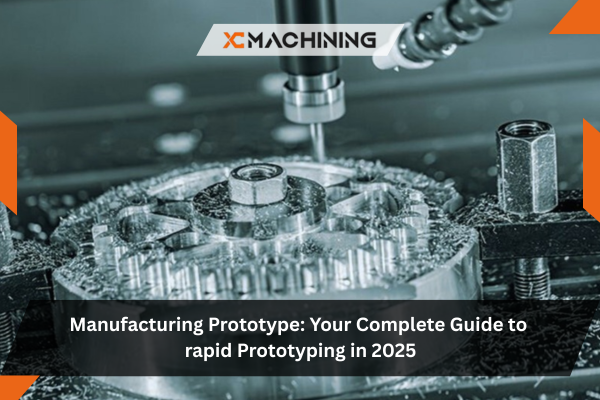Copper C101’s combination of purity, strength, and conductivity makes it indispensable across aerospace, electronics, power, and renewable energy sectors worldwide.
Electrical and Power Systems
Busbars, contacts, terminals, and connectors made from C101 ensure low resistance and reliable current flow, reducing energy loss in demanding power applications.
Thermal Control and Cooling Devices
Used in heat sinks, heat exchangers, and vacuum cooling plates, C101 helps manage extreme temperatures in aerospace, medical, and semiconductor systems.
Aerospace and Defense Components
Its conductivity and corrosion resistance make it a preferred choice for aircraft grounding plates, radar connectors, and avionics heat shields.
Electronics and Semiconductor Equipment
In micro-electronics and vacuum chambers, C101’s purity prevents contamination, ensuring high reliability in wafers, sensors, and vacuum feedthroughs.
Renewable Energy and Automotive Systems
Copper C101 plays a vital role in EV charging systems, wind turbines, and solar power grids, supporting the global transition to clean, efficient energy.
Surface Finishes for Copper C101 Components
From mirror polishing to protective coatings, the right surface finish enhances Copper C101’s corrosion resistance, solderability, and long-term stability in electrical and industrial environments.
Natural Machined Finish
Ideal for internal electrical components or thermal systems, this finish retains copper’s pure surface while offering high conductivity and consistent appearance straight from CNC machining.
Polished Finish
Using mechanical buffing or vibratory finishing, XC Machining achieves a reflective surface that reduces oxidation and improves cosmetic appeal for exposed components or luxury equipment.
Nickel or Silver Plating
Nickel and silver plating provide improved corrosion resistance and wear performance without sacrificing conductivity. These finishes are common in aerospace, electronics, and high-voltage connectors.
Tin Plating for Solderability
For electronic or wiring applications, tin plating ensures easy soldering and reliable joint integrity. XC Machining applies controlled plating thickness for uniform performance.
Anti-Oxidation Coatings
Protective coatings, such as organic sealants or chromate alternatives, are used to extend copper’s surface life in humid or oxidizing environments while maintaining its electrical properties.















